
Art Week Tokyo to Return in November
Citywide initiative run in conjunction with Art Basel will feature exhibitions by the likes of Yuko Mohri and Louise Bourgeois.

An Online Magazine from the Asia Travel Experts at Remote Lands

Citywide initiative run in conjunction with Art Basel will feature exhibitions by the likes of Yuko Mohri and Louise Bourgeois.
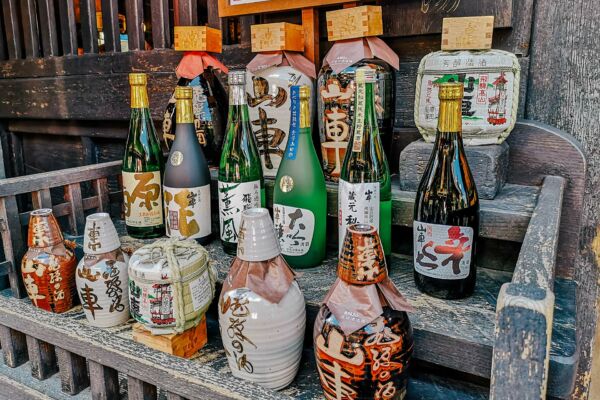
Takayama is beloved for its timber-lined old town, Shinto shrines, and especially its sake breweries.
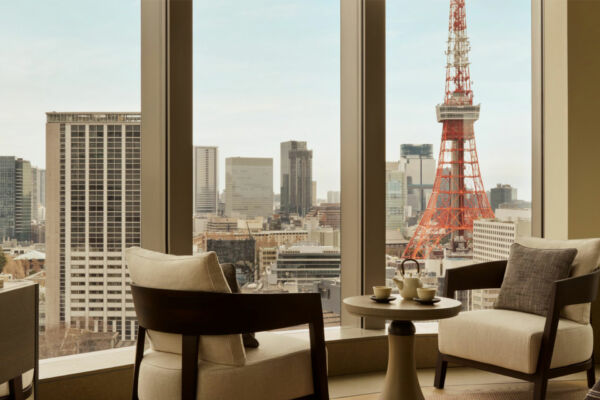
Aman Group unveils debut of new resort line with an emphasis on wellness, uplifting experiences, and authentic human connections.
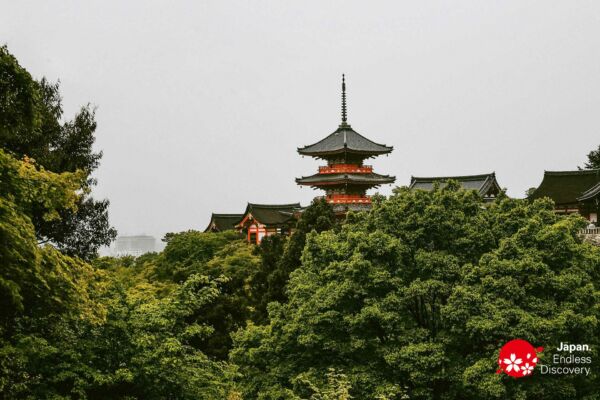
From bustling metropolises to serene natural landscapes, Japan has something to offer every type of traveler.
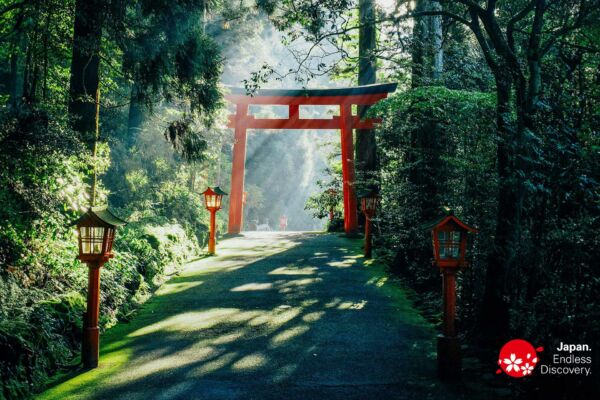
Japan has adapted and perfected aspects of western society while retaining its unique millennia-old traditions.
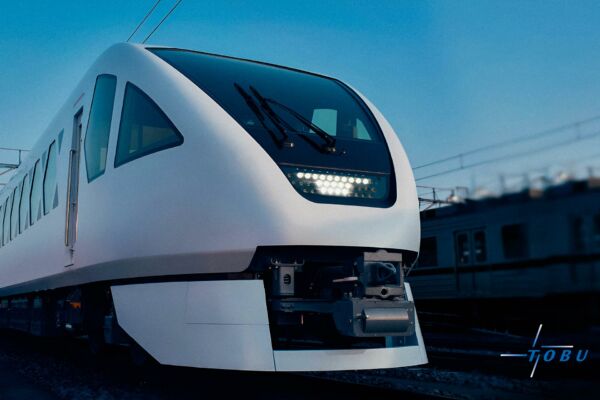
New limited express train between Tokyo and Nikko offers passengers stylish design, gourmet F&B, and stunning vistas.
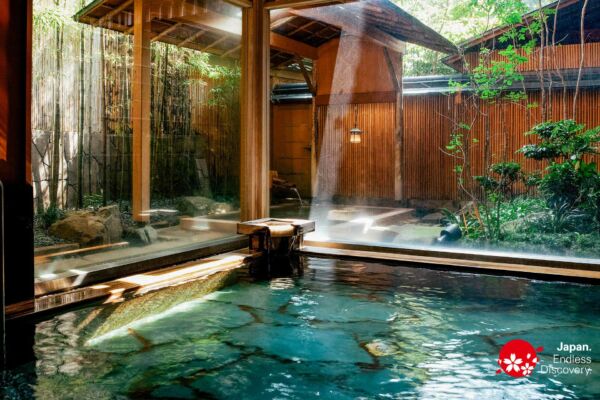
With impeccable accommodations enhanced by kaiseki dinners and onsen bathing, ryokans represent the pinnacle of Japanese hospitality.
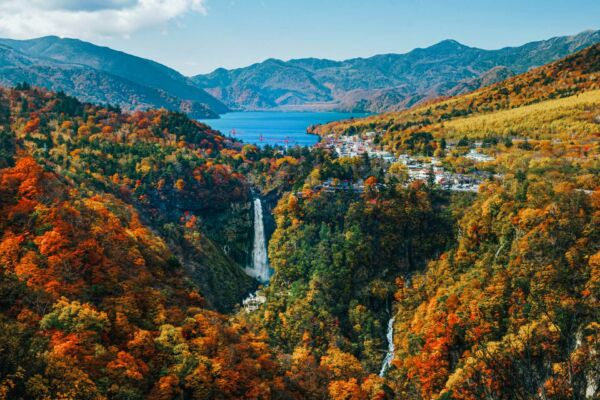
With its cultural riches and surrounding natural grandeur, the small city in Tochigi Prefecture packs a lot into its tight dimensions. Here are our ten top reasons to visit.
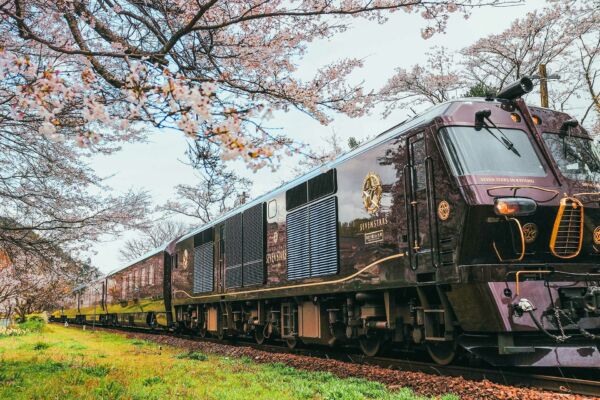
Seven Stars in Kyushu whisks passengers around the southern island in unforgettable style befitting of its reputation as one of the world’s most exquisite luxury trains.
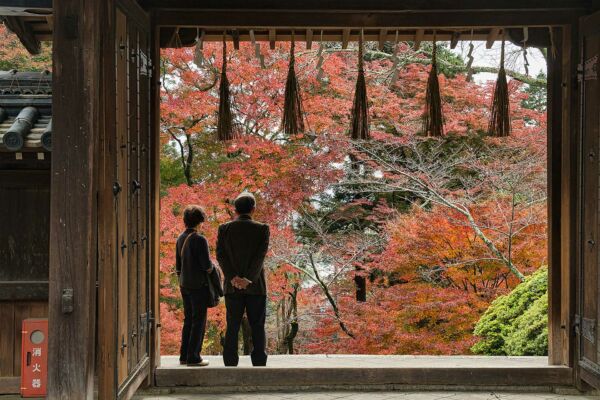
Kyoto during fall season with its landscapes and iconic temples and gardens explod-ing into a palette of vivid colors exemplifies the Japanese philosophy of wabi sabi.
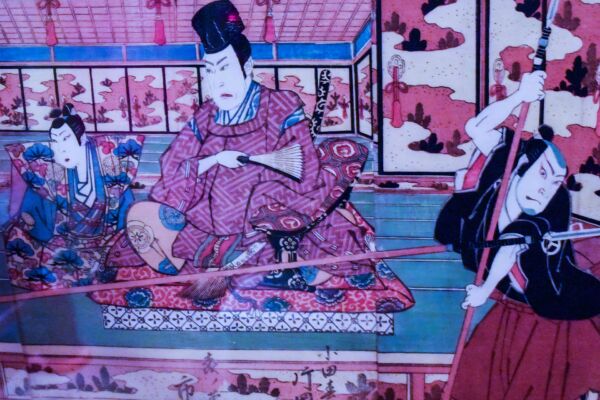
A recent major exhibition put the spotlight on Ukiyo-e, artistic depictions Japan’s notoriously permissive “floating world”.
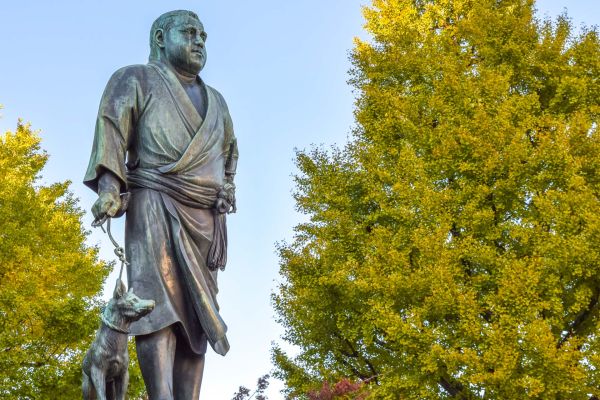
Travelers can visit sites across Japan linked to Saigo Takamori, the “Last Samurai”, an extraordinary swordsman who helped shape the country.